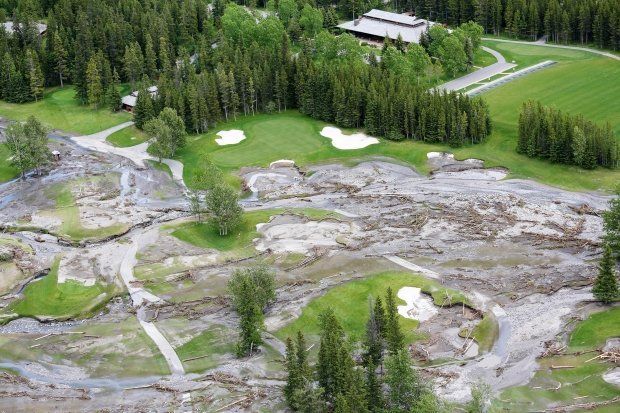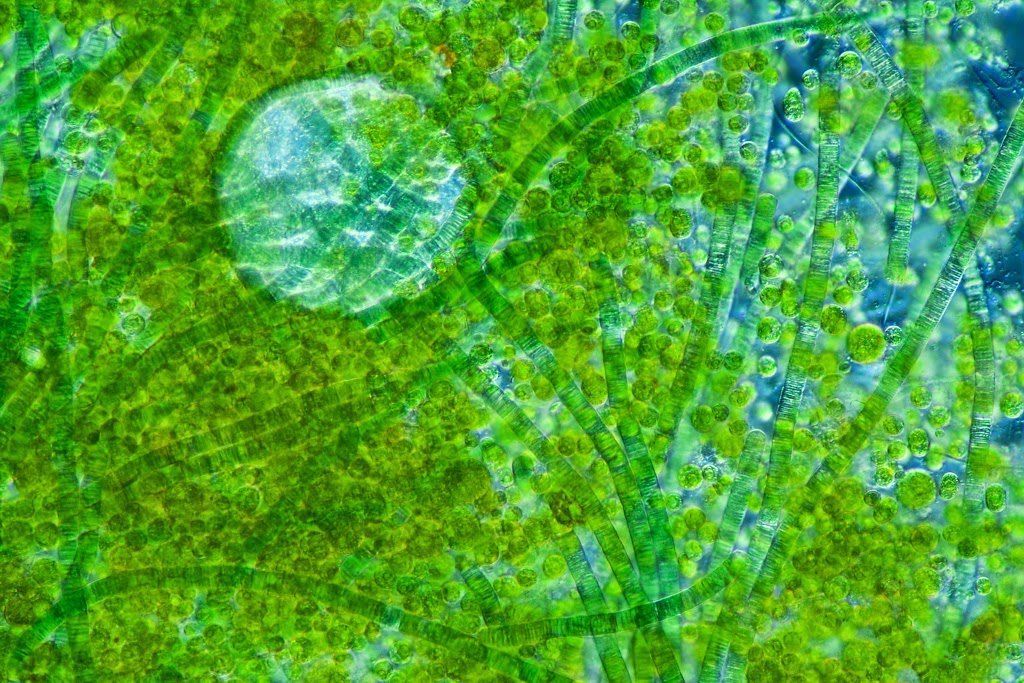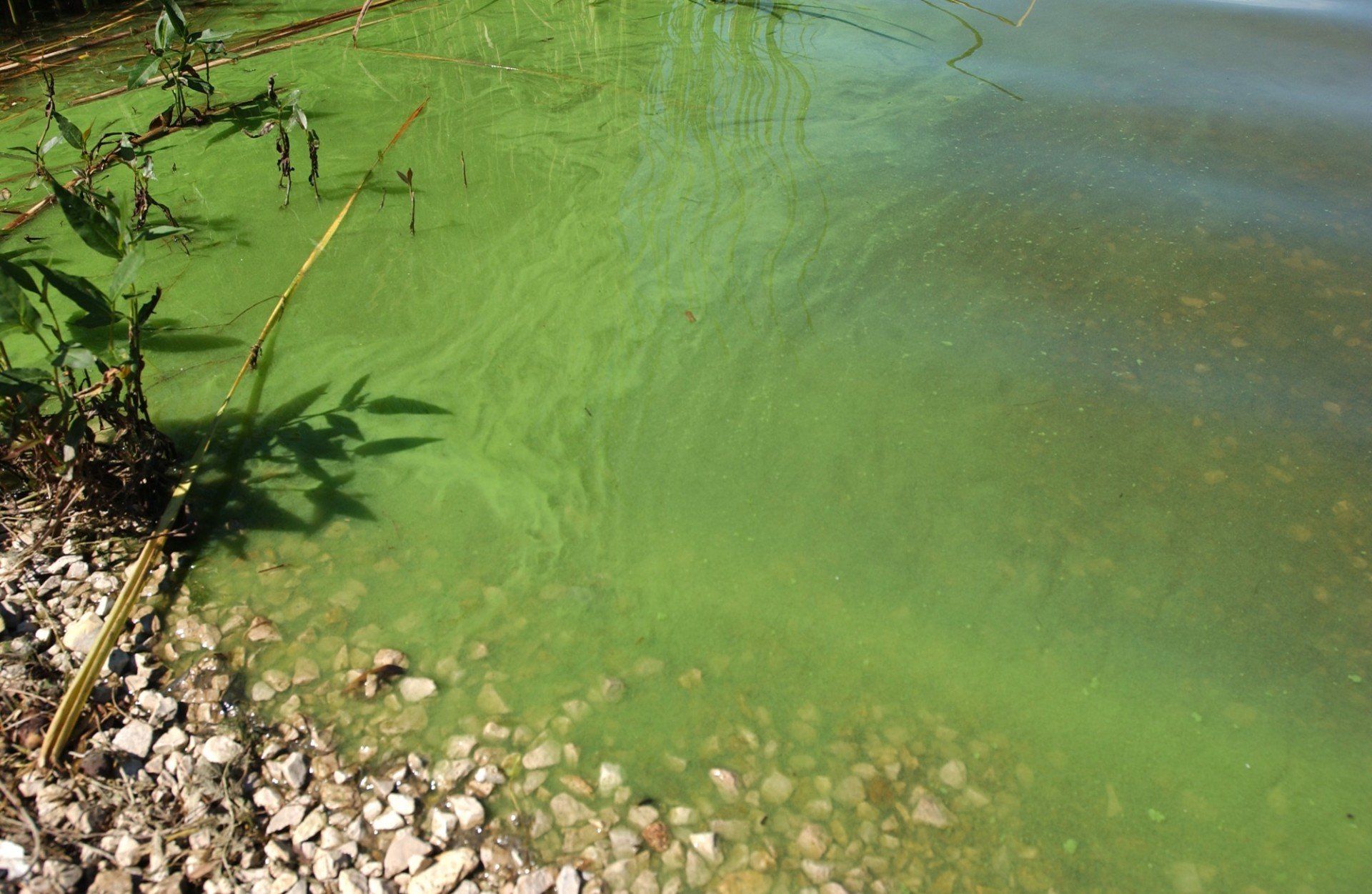Blackouts & Fertilizer Restrictions

Fig. 1. Florida Blackout Map

Fig. 2. Golf Course Flooding

Fig. 3. Freshwater Algal

Fig. 4. Eutrophication & Dead Zones

Fig. 5. Algal Bloom

ALTHOUGH INCONVENIENT, SMART FERTILIZER MANAGEMENT PRACTICES BENEFIT US ALL Whether or not an individual chooses to use fertilizer, the choices societies make regarding fertilizer use directly affect human health and the health of the environment. For all these reasons, many states have adopted regulations regarding the amount of nitrogen and phosphorus that can be applied to turf, AND when these nutrients may be applied. (For example, in Maryland, no more than 0.9 lbs N per 1000 sq ft. may be applied at any given application, and no more than 0.7 lbs N per 1000 sq ft. may be readily available nitrogen). These rules exist year-round, in addition to blackout periods. Naturally, many disagree regarding the specifics of some of these rules, but in general, as our knowledge of the science behind fertilizer run-off and eutrophication improves, regulations are re-examined and revised accordingly.
WHAT CAN I DO TO KEEP MY LAWN HEALTHY DURING BLACKOUT PERIODS?
Because blackout periods typically last 3-4 months, it is imperative to make your last fertilizer application prior to the blackout period as effective as possible.
Suggestion: Before applying any fertilizers or soil amendments, check with your local, county, and state governments for ordinances regarding when and how much fertilizer you can put down in a calendar year.
There are many techniques you can use to keep your lawn green until the blackout period ends. Give these tips a try:
1. Use more slow/controlled release nitrogen.
- Polymer Coated Sulfur Coated urea (PCSCU, XCU, SCU, etc.) is designed to release nitrogen slowly and continuously throughout a designated time frame. Some slow/controlled release nitrogen products last 30 days; others- 90 days or more. Consider using a fertilizer blend where 75%+ of the total nitrogen in the bag is slow release. This may get you through most or all the blackout period.
2. Deepen your lawn’s green color by supplementing it with an iron product.
- Iron sulfate– this is the most common source of iron; it provides a quick greenup and is relatively inexpensive.Be careful around concrete driveways and sidewalks as this product can stain once it dissolves in water.
- Iron sucrate– although a little more expensive than iron sulfate, this product also provides a quick greenup that can last several months. Iron sucrate is safer around concrete as it does not stain upon accidental contact.
3. Add a soil amendment that conditions the soil to retain moisture and nutrients (which reduces leaching and volatilization). AMP-XC™ Liquid Concentrate was specially formulated for blackout periods and is designed to take advantage of reduced fertilizer inputs to keep your lawn healthy and green all year long. AMP-XC (L) contains the following:
- Humic Substances – humic and fulvic acid condition the soil to 1.) retain soil moisture 2.) chelate micronutrients in the soil and 3.) stimulate root growth so that root systems can find more nutrients in the root zone and access more water
- Microbial Metabolites – these amino acids, organic acids, protein hydrolysates and other organic compounds provide turf all the building blocks it needs to accelerate its growth and metabolism
- Chelated Iron – 100% soluble EDTA iron gets into plant roots more efficiently than any other form of iron; great for maximum greening during blackout periods
For professional fertilizers, humic and AMP-XC™ enriched products available, please visit TurfCare’s online Product Catalog.
For green industry professionals or others interested in ordering Turfcare products, please contact our Customer Service to find a distributor near you.
The TURFReport Highlights:
Additional Articles and Insights
















